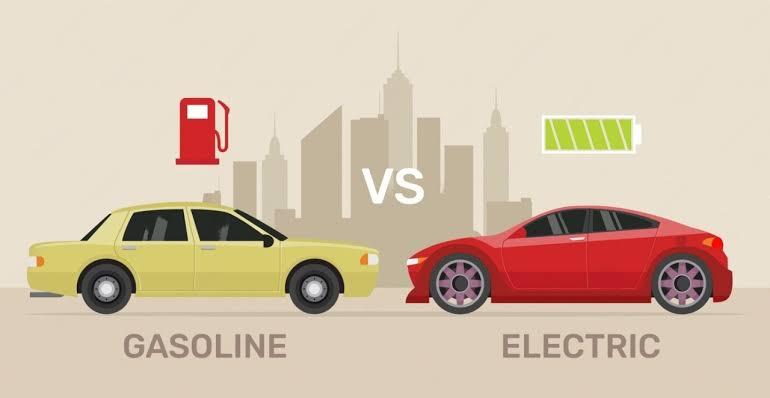Diesel vs. Electric: Lessons from a 2,500-Kilometer Road Trip
A group of Spanish journalists set off on a 2,500-kilometer journey across Europe, hoping to prove the electric car’s strength for long-distance travel. What they found instead was a complicated truth: diesel vehicles still have the upper hand—at least for now—when it comes to cost and convenience on extended road trips.
What Happened Between Berlin and Madrid
The team began their trip in Berlin, kicking things off with a visit to Tesla’s Gigafactory. From there, they hit the road in two electric models—the Tesla Model 3 Highland and the Model Y Long Range RWD. Both versions were selected for their extended range capability, aimed specifically at tackling long-distance driving across multiple European countries.
The route would end in Madrid, with checkpoints every 200 to 300 kilometers for charging breaks. On paper, this sounded manageable. In practice, not so much.
Real-World Road Testing
The group used Tesla’s extensive Supercharger network whenever possible. These fast-charging stations are known for speed and accessibility, but even that didn’t seem to be enough. As the team recounted, regular charging meant frequent delays. Unlike a diesel car, which can be refueled in minutes, the EVs often required lengthy charging stops—especially when options were limited or stations were crowded.
“While Tesla’s network was impressive in terms of coverage, the time lost during charging stops added up quickly,” one of the journalists noted during their review.
Financial Breakdown Tells a Different Story
Once they reached Madrid, the cost analysis started. You’d expect electric to be cheaper, right? Not this time.
- Total cost of electricity: €53.62 more than diesel
- Compared to gasoline: €136.61 more for electric vehicles
For a vehicle type often praised for low operating costs, such numbers were jarring. The team consulted EU fuel price data to confirm their findings: diesel, at least for a journey of this scale, came out on top.
Where Charging Infrastructure Falls Short
One big variable was the type of charging stations available. Tesla Superchargers are fast, yes, but also expensive. Switching to slower chargers could’ve reduced costs — but at the cost of even more time.
Traveling across borders exposed another wrinkle: each country has its own electricity pricing. Planning becomes critical. A spontaneous road trip? Probably not the best occasion for an EV just yet.
The Breaks That Didn’t Feel Like Breaks
Imagine being close to your destination—but forced to wait another 40 minutes for enough juice to continue. The group faced these delays multiple times. And when you’re on the move day after day, that adds up fast. A diesel driver just pulls in, fills up, and is on their way.
Fast-charging is growing, but not evenly distributed. France might have plenty while parts of Spain or Central Europe lag behind. That inconsistency forces drivers to constantly second-guess where and when to stop.
Diesel’s Clear Edge in Practicality
When faced with long hours on the road, fuel accessibility becomes non-negotiable. Diesel won in that department without question.
- Faster refueling time, saving up to 30–40 minutes per stop
- Refueling points are everywhere, even in remote areas
- No need to plan routes around charging stations
Electric vehicles still offer benefits—lower long-term maintenance, fewer emissions, and a smoother driving experience. But those advantages didn’t outweigh the real-time problems on a road trip like this one.
The team admitted that electric cars might be better suited for daily commuting or shorter regional trips. But for intercity travel, the old workhorse still proves its worth.
What This Means for Drivers in 2024
If you’re planning a long-distance trip through Europe, what should you choose? The numbers and firsthand experience from this test seem to lean in favor of diesel cars.
Electric vehicles may still take over the roads one day, but they’re not quite there yet—at least not if you want a smooth, fast, and affordable trip across borders. That future depends on significantly improved infrastructure, cheaper fast-charging stations, and better energy pricing consistency across the EU.
Until those conditions improve, drivers may continue to rely on their trusted diesel engines, especially for long journeys.
A Roadmap Worth Watching
The experiment was more than just a road trip; it served as real data in the growing conversation around electric mobility. And while it may not have ended with a resounding endorsement of clean energy, it did something more valuable—it told the truth.
Electric vehicles are improving, no doubt. But as this journey illustrated, they still have a long way to go before becoming the top pick for every driver, every time. Some parts of the conversation may feel frustrating or even contradictory. An EV can be the better choice on Monday and completely impractical by Friday, depending on the road, the infrastructure, and the timing.
The takeaway? Charge your expectations. Not just your car.

